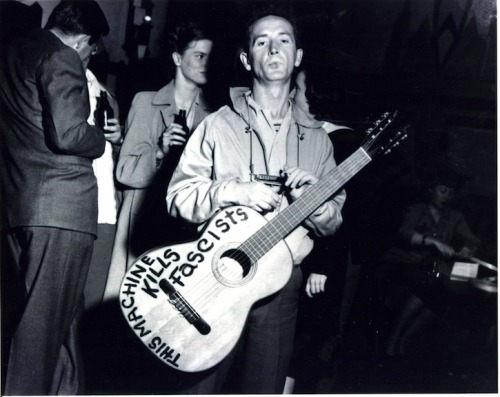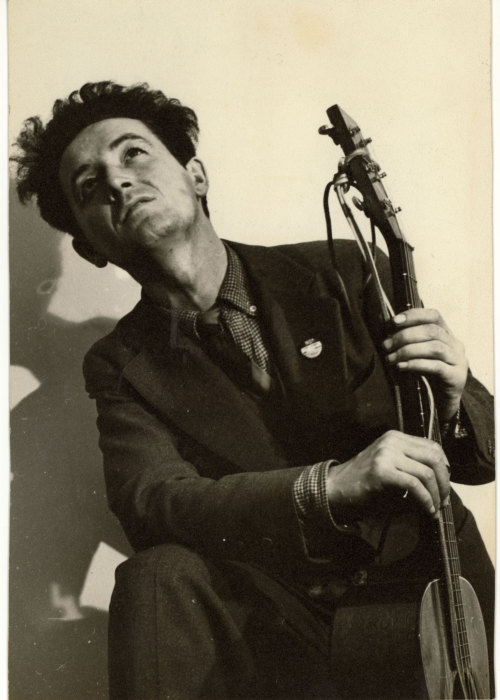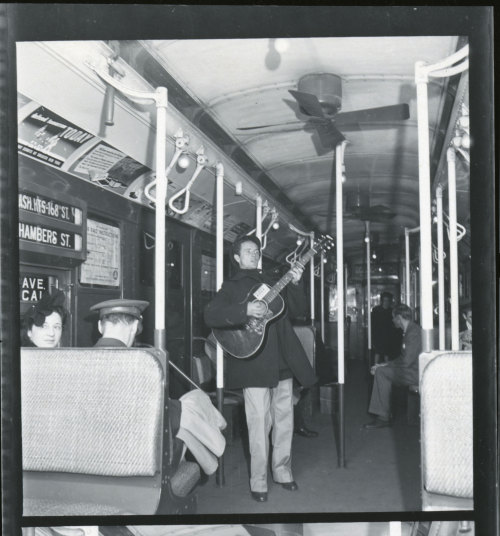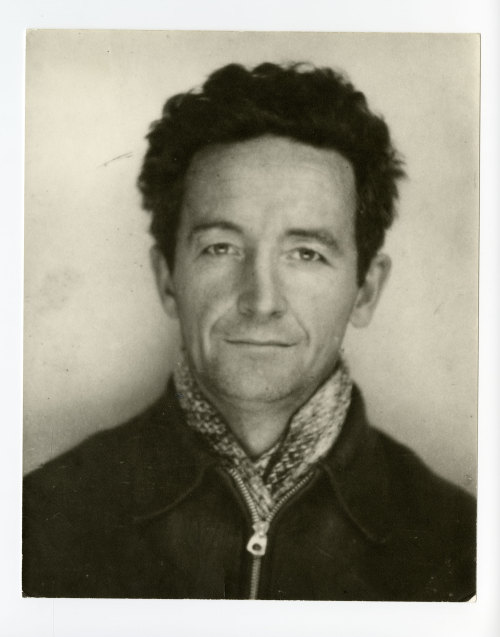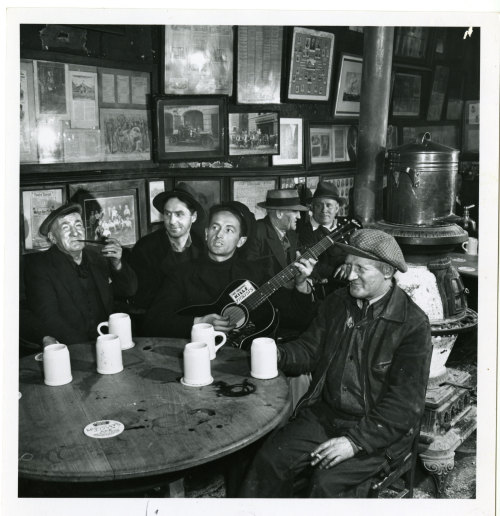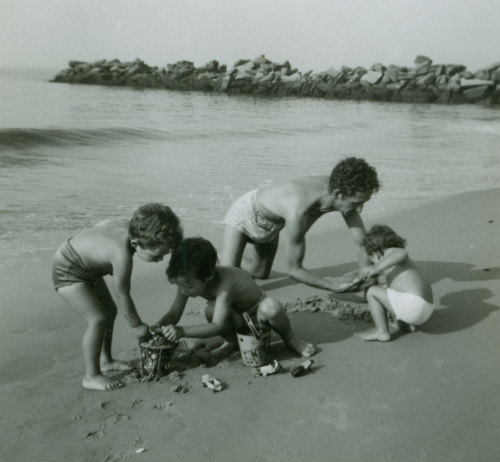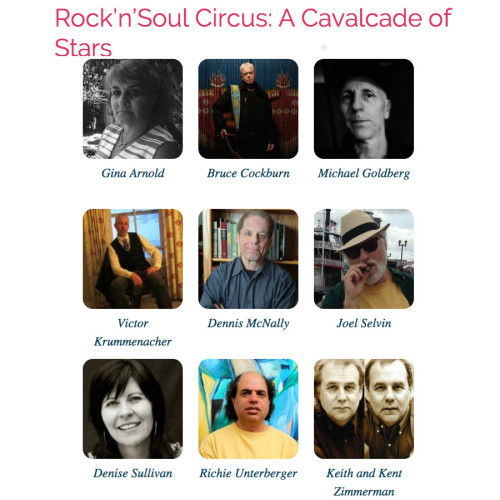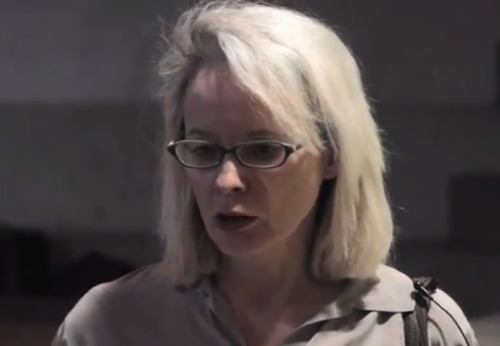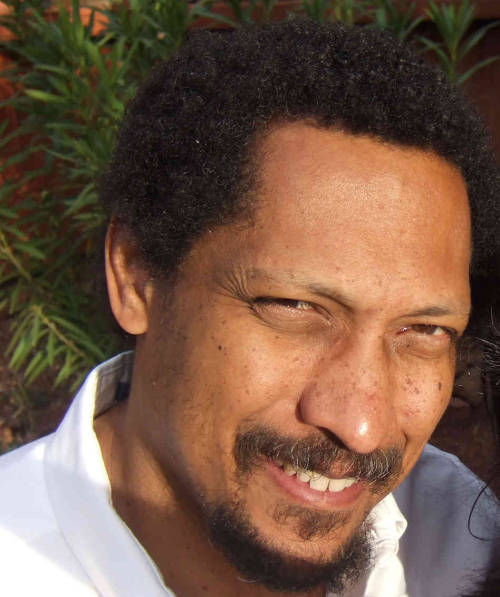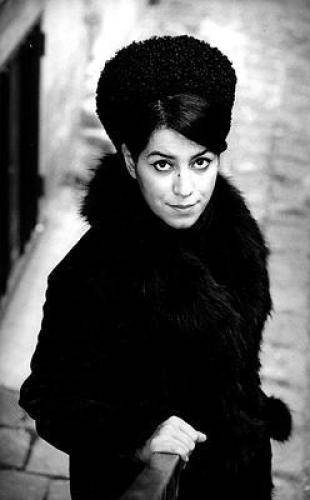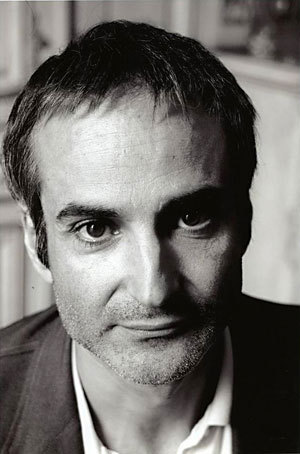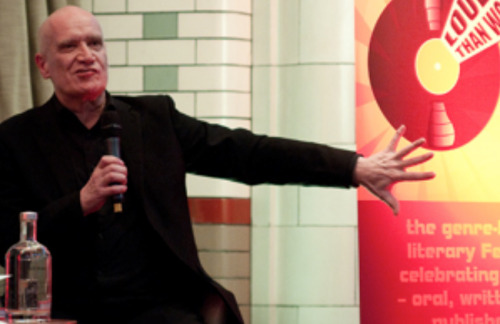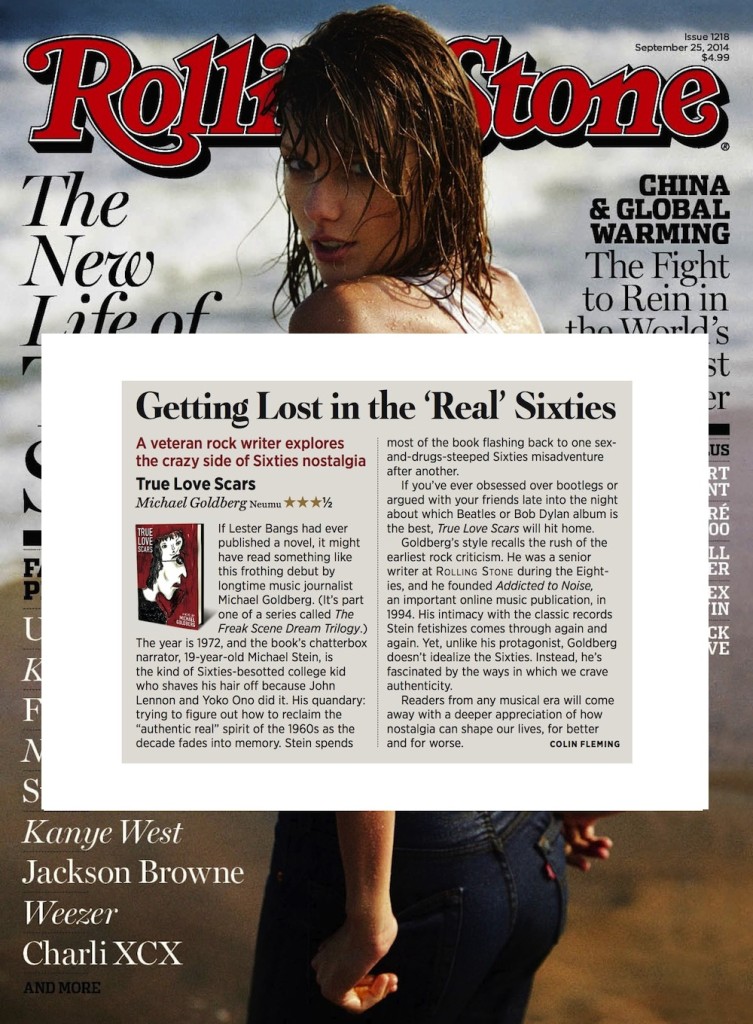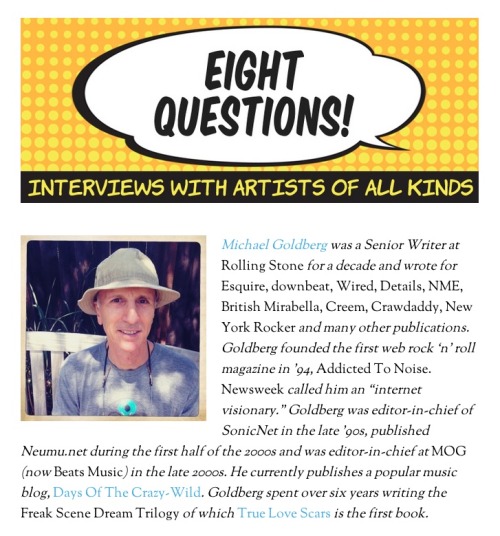
Early this year I read an incredible book about self-publishing called “Write. Publish. Repeat. (The No-Luck-Required Guide to Self-Publishing Success) by Sean Platt and Johnny B. Truant.
Turned out these guys, Platt and Truant, along with writer David Wright, have got a cottage industry going. They have written a lot of novels during the past few years and they’re selling books. Enough books that the three of them are making a living off the sales.
They have a website, Sterling & Stone, where, along with blogging about writing and their various projects, David Wright conducts interviews with writers and other artists.
He calls his interview series “Eight Questions.”
He asked me to participate in an interview, and I was happy to do so.
(By the way, from now until Saturday Octover 11, 2014, the Kindle version of my novel, True Love Scars, is on sale for $2.99 here.)
Here’s how the interview begins:
Michael Goldberg was a Senior Writer at Rolling Stone for a decade and wrote for Esquire, downbeat, Wired, Details, NME, British Mirabella, Creem, Crawdaddy, New York Rocker and many other publications. Goldberg founded the first web rock ‘n’ roll magazine in ’94, Addicted To Noise. Newsweek called him an “internet visionary.” Goldberg was editor-in-chief of SonicNet in the late ’90s, published Neumu.net during the first half of the 2000s and was editor-in-chief at MOG (now Beats Music) in the late 2000s. He currently publishes a popular music blog, Days Of The Crazy-Wild. Goldberg spent over six years writing the Freak Scene Dream Trilogy of which True Love Scars is the first book.
What is your daily creative routine like?
I’ve been a professional writer for nearly 40 years. For years I wrote stories about musicians and the music business. When I was writing journalism fulltime, there were days when I spent the whole day researching and preparing to interview an artist and did no writing. There were days when I just hung out with a musician or a band and took detailed notes and interviewed them. There were days when I spent the entire day on the phone doing additional reporting for the story. And there were days (and nights) when all I did was write. One time I flew to London, spent a week researching a cover story on Boy George, flew to New York and wrote the story on deadline in the New York Rolling Stone office in a borrowed office.
So I learned that I didn’t need a specific routine, or rather, the routine was that every day I got up and did what needed to be done to further the story. Prepare. Report. Write. But I’m an obsessive, workaholic. When I’m working on a project, I’m 150% focused on it and all my waking and sleeping mind is focused on is that project.
So when I started seriously working on what turned into three novels – the Freak Scene Dream Trilogy, of which True Love Scars is the first – I obsessively worked on that project. I brought my laptop everywhere. I wrote in cafes, airports, on planes, on hotel beds, in my office, on the dining room table…
When I went for walks I would make notes on my iPhone or on scarps of paper.
I probably wrote for at least six hours a day, sometimes eight or nine hours, seven days a week. I worked that way for over six years. I wrote and revised, wrote and revised, wrote and revised. When the first draft was done I went back to the beginning and wrote and revised, wrote and revised. Same for the third draft. Every word in the book was scrutinized. I probably spent three or four years getting the unique voice that tells the story just right.
I led a fiction writing group for three years – Sept. 2010 ‘til Oct. 2013 – and what I told the writers in my group, over and over, was they had to write every day. And I really believe that. When you write every day, your subconscious is working overtime on your book. Obviously it’s best if you can write for a couple hours each day, but even 15 minutes keeps the novel or short story alive in your subconscious.
Right now I’m in novel promotion mode which means I’m focused, 24/7, on promoting my first novel, True Love Scars.
I get up at 7:30 or 8 am and I get a bowl or uncooked oatmeal, blueberries, cut up apple, almond milk, and flax and eat it while I scan the New York Times. I’ve also got Feedly on my iphone with writing/publishing news. I scan through all the stories that happened after I went to bed. I run up to my office and do a quick blog post or two to my Days of the Crazy-Wild culture blog.
Then I go take my dog for a walk, go to the gym for an hour workout (very, very important to survive as a writer). Get home and work for an hour or two – emailing media people, doing blog posts about a new review of my book or an interview that ran somewhere, maybe come up with a new ad for Goodreads, research other sites where I might be able to promote the book, etc. etc. Eat lunch – an almond butter sandwich and a huge salad with vinegar and some vegan chili for a dressing, and then it’s time to get back to work. I’ll work from 2 to 6 or 6:30, have dinner and hang out with my wife and then by 8 pm we both get back to work and work on our projects until 10 or 10:30 and then I’ll read for an hour or so.
What are some of your best creative habits and what are some of the bad ones you struggle with?
I’m very self-disciplined. When I was working on the trilogy, I worked pretty much every day, seven days a week, for years and years. I read my work aloud every week to a veteran novelist who taught me a lot about writing fiction. I would read for two hours – he would stop me every 15 minutes or so and give me feedback. He was able to help me see what needed more work. Sometimes I’d be writing and revising a chapter for two months.
I don’t believe in writer’s block. I don’t really believe in the idea of inspiration. In other words, I sit down and I start writing. And if I don’t have anything to say, well I’ll start writing about how I don’t have anything to say. Weirdly, I always have something to say. And I don’t believe in waiting for inspiration. There are times when I’m totally in the zone and a scene is unfolding in this unbelievable way and the voice is perfect and words and phrases are appearing out of thin air and it’s mind-blowing. Other times it’s just all about getting my idea of what happens next down on the page knowing that I’ll be revising and revising and revising and so I never worry about whether the writing is any good ‘cause I know I’ll be fixing it anyway. Often, the next day, when I look at what I wrote, I find that much of it is useable, and even if some isn’t, it’s a hell of a lot easier to sit down to 3000 words and edit it into shape, than to sit down to a blank page. So the trick is to vomit what’s inside onto the page without any editing and then come back and edit.
Read the rest here.
I do want to note that at the end of the interview, I was asked: What do you want your legacy to be?
I answered the question, but after my final comment, I added :-), but that didn’t make the edit.
So when you read that final answer, keep in mind two things:
1) I’m smiling as I answer that question.
2) We all got a right to dream of greatness.
—
[I just published my rock ‘n’ roll novel, True Love Scars.” Rolling Stone has a great review of my book in the new issue. Read it here. There’s info about True Love Scars here.]
— A Days Of The Crazy-Wild blog post —
